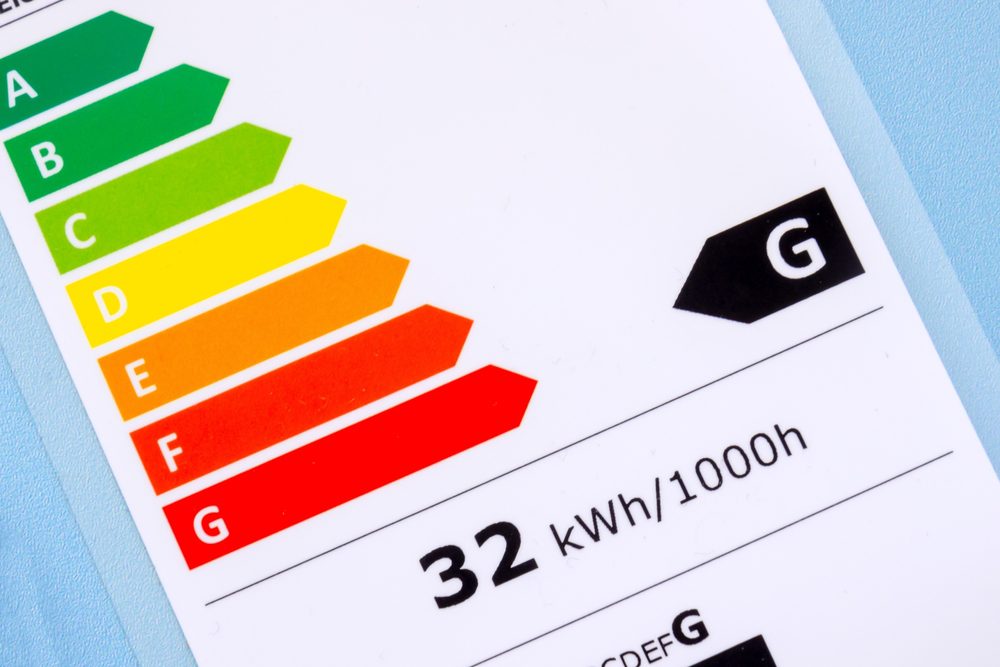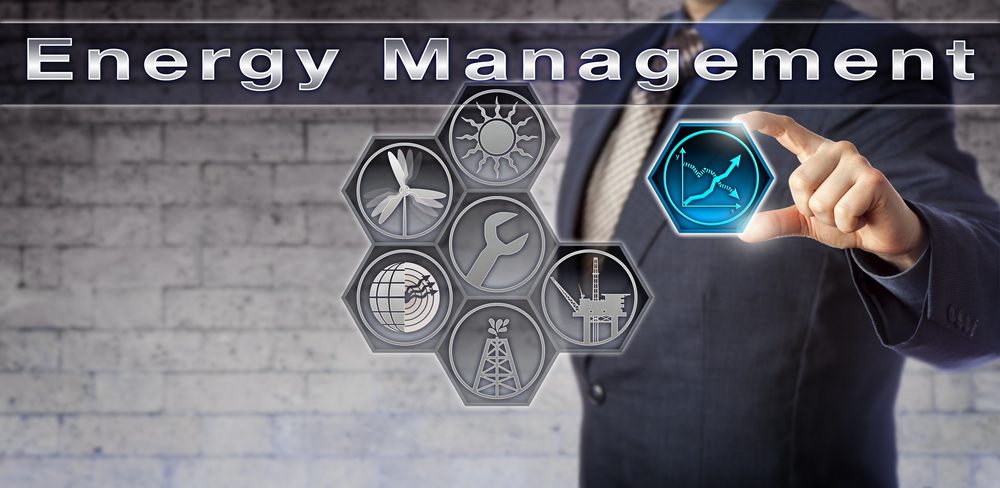The journey toward sustainability is more pronounced than ever, with Zero Net Energy (ZNE) buildings at the forefront of this movement. Defined as structures that generate equivalent energy to what they consume over a year, ZNE is a benchmark for energy-efficient building design, pushing the envelope for how structures interact with the energy grid. But how does one transform existing buildings to meet these ambitious goals? The answer may lie in Retro Commissioning, a powerful process that revamps and optimizes building operations for maximum efficiency.
I. Introduction
A. Explanation of Zero Net Energy (ZNE)
The concept of Zero Net Energy is revolutionary in the construction and energy sectors. It encapsulates a future where buildings are not just passive entities but active players in energy management. Such buildings are equipped with means to produce renewable energy—like solar panels or wind turbines—to offset their consumption.
B. Importance of achieving ZNE
The importance of achieving ZNE cannot be overstated. As our ecological footprint balloons and resources dwindle, ZNE buildings present a compelling solution. By minimizing reliance on fossil fuels and reducing greenhouse gas emissions, ZNE buildings contribute to environmental preservation while also aligning with global sustainability targets such as those set by the United Nations’ Sustainable Development Goals.
C. Introduction to the concept of retro-commissioning
Enter Retro Commissioning (RCx)—a meticulous process that turns existing buildings into paragons of efficiency. RCx has the potential to tune the performance of buildings so they can either reach or lay the groundwork for ZNE by addressing inefficiencies and streamlining operations.
II. What is Retro Commissioning?
A. Definition
Retro Commissioning is an essential procedure to ensure that the numerous components and systems within an existing building are functioning at their best. It’s akin to giving a building a full health check with the goal of energy optimization. This comprehensive process entails assessing, tweaking, and enhancing mechanical, electrical, and control systems to improve their efficiency and performance.
B. The purpose of retro commissioning
The primary aim of RCx is to identify issues—ranging from minor tweaks to more significant operational improvements—that can save energy and reduce costs. Often, the adjustments made can be relatively low or no cost, yet yield substantial savings. It’s a matter of smarter, not necessarily harder, spending when it comes to building maintenance and operations.
C. How retro commissioning is different from standard commissioning
While standard commissioning is a quality assurance process for new constructions, RCx specifically targets existing buildings. It bridges the gap between the building’s current state and its optimal performance parameters. This process can reveal a building’s potential to save energy, which may have been previously untapped due to aging systems, outdated controls, or changes in building usage over time.
III. The Process of Retro Commissioning
The RCx process is methodical and tailored to each building. It begins with planning and research, where baseline energy usage is established, and goals are defined. What ensues is a phase of investigation, identifying and resolving problems, followed by the implementation of selected measures. A critical part of the process is persistence, ensuring improvements are maintained. The importance of each step lies in its capacity to uncover and rectify inefficiencies, document improvements, and maintain these advancements for ongoing benefits.
IV. The Role of Retro Commissioning in Achieving Zero Net Energy Goals
RCx is a steppingstone to ZNE, offering a path to significant energy reduction needed for such an ambitious target. By optimizing what’s already in place, energy consumption can take a nosedive. This curtails the need for energy production to match, a much more achievable feat with a lower baseline.
Enhanced system performance is a direct outcome of RCx, leading to more reliable operations and a comfortable indoor environment, which is pivotal for occupant satisfaction. With systems running correctly, the wear and tear on equipment are minimized, extending their lifespan and reducing maintenance costs—a boon for the often-tight budgets of facility management.
Furthermore, the economic implications extend beyond operational costs. Improved occupant comfort and the consequential productivity boost can have positive ripple effects, benefiting an organization’s bottom line.
V. Economic Benefits of Retro Commissioning towards Zero Net Energy

RCx is not just a tool for energy savings—it’s a sound financial investment. A cost-benefit analysis often reveals that the energy costs saved over time significantly outweigh the upfront investment. The American Council for an Energy-Efficient Economy (ACEEE) acknowledges the compelling economic returns of RCx, citing payback periods as short as one year.
VI. Barriers and Challenges to Implementing Retro Commissioning for ZNE
Despite its benefits, RCx is not without challenges. The upfront cost, lack of awareness, or operational disruptions can impede implementation. Nevertheless, through incentives, educational programs, and demonstrating RCx’s cost-saving potential, these barriers can be overcome. Also, continuous commissioning ensures the building performs efficiently over the long term, which is pivotal to maintaining the ZNE status once achieved.
The integration of renewable energy sources is an essential complement to RCx. Solar, wind, and geothermal technologies are becoming more accessible and affordable, enabling buildings to offset their now-reduced energy consumption with renewable production, completing the ZNE puzzle.
VII. Conclusion
In conclusion, RCx is the unsung hero of the journey towards ZNE buildings. By ensuring existing buildings function at peak efficiency, it provides a practical pathway to these ambitious and crucial energy goals. The economic, environmental, and social benefits are compelling, making RCx a smart choice for any forward-thinking facility manager or building owner.
As the building industry continues to evolve, RCx will likely become more commonplace, bolstered by technological advancements and stricter regulations aiming for sustainability. With this momentum, the future of building performance and energy management is bright and, most importantly, achievable.
The time to act is now. Building owners, operators, and occupants should consider Retro Commissioning as a strategic move toward a sustainable, cost-effective future. Embracing this process means not just meeting current energy standards but paving the way for a new era of Zero Net Energy buildings. Let’s step towards this goal together, for the planet, for our communities, and for our future generations.
VertPro.com serves as a resourceful platform for property owners and managers seeking to enhance their buildings’ energy efficiency. The site offers a range of services, including Commercial Energy Audits, Benchmark Compliance consultancy, and a Construction Marketplace. At the heart of VertPro® is a suite of SaaS technology-based solutions designed to assist in navigating the complexities of Energy Benchmarking and Energy Audits/RCx Plus, while ensuring adherence to over 60 Energy Benchmarking and Energy Efficiency Laws across the country.
For those looking to improve their property’s energy usage and operational value, VertPro.com provides a diverse array of tools and information. The site aims to facilitate a better understanding of energy efficiency practices and legislation, helping building owners and property managers make informed decisions about their energy strategies while complying with all energy ordinances and laws.
















